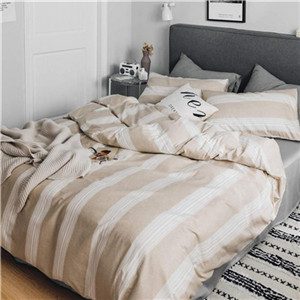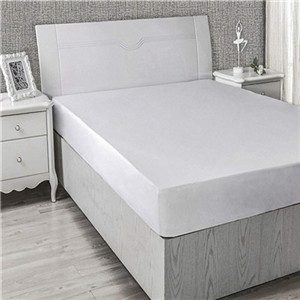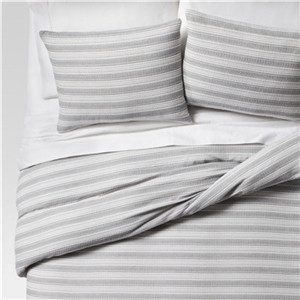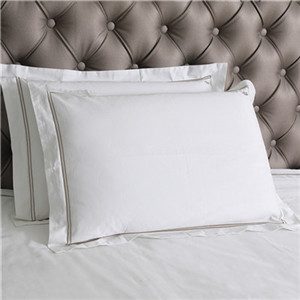First, do the pre-washing sorting work, including the sorting of linen types and the separation of sundries, and the differentiated washing according to the classification of the product, the degree of pollution, the color of the clothes, and the composition of the fabric.
Second, choose different washing methods for different products such as dry cleaning, washing and scalding. Quilt, pillow, and blanket products are not suitable for washing.
Third, check the machine frequently. Care should be taken in the collection and transportation of linen to prevent secondary pollution and man-made damage. The load should be appropriate during washing, and the program should be set according to the degree of washing of the product.
Fourth, before washing, check whether there are hard objects (coins, keys, needle scissors, lighters, etc.) in the items to prevent damage to the machine and clothing.
Fifth, pay attention to the water quality in this area: use soft water.
Sixth, use detergents correctly and understand the basic characteristics and usage of detergents. Reasonably master the washing and feeding time.
Seventh, items that are prone to snagging or deformation should be packed in laundry bags.
Eighth, several improper washing methods are easy to cause damage: incorrect feeding time during washing; improper use of bleach; excessive washing amount; clothes with zippers and clothes that are easy to snag and pilling are mixed.
Ninth, pay attention to different fabrics and choose the corresponding drying temperature.















